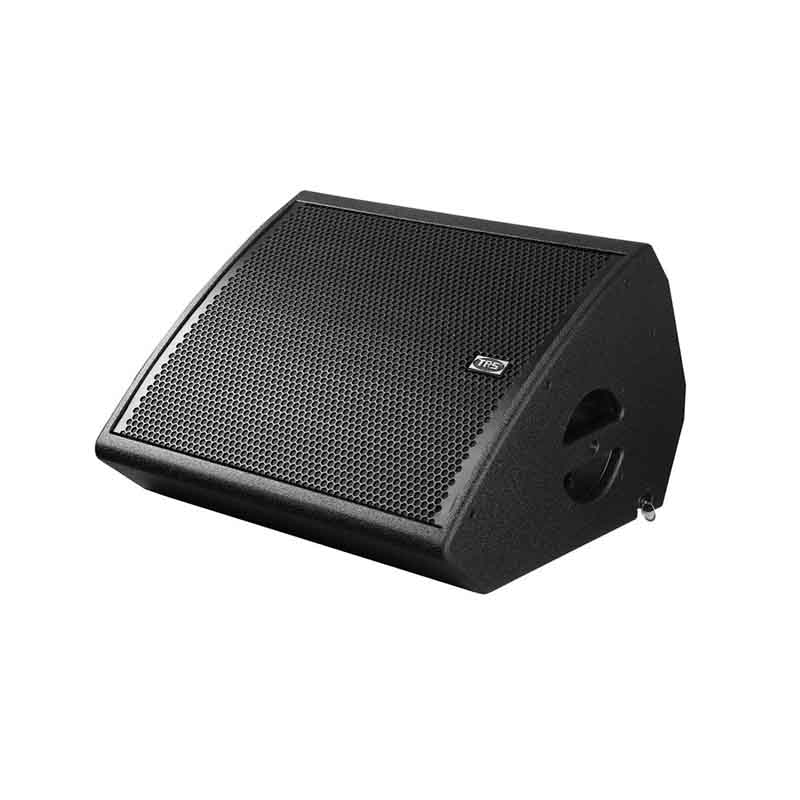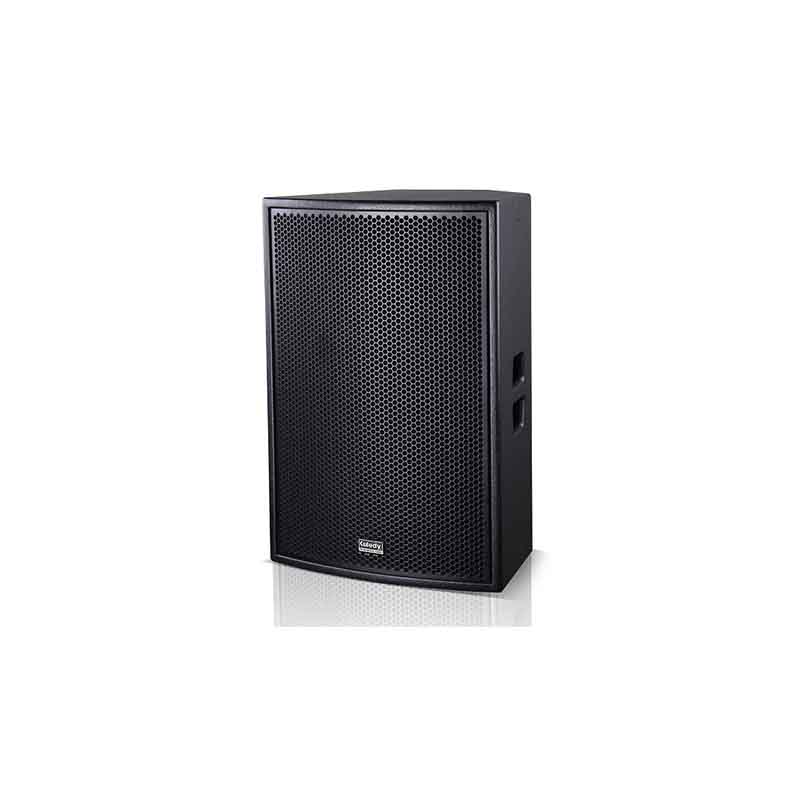The stage sound configuration is designed based on the size, purpose, and sound requirements of the stage to ensure excellent performance of music, speeches, or performances on stage. The following is a common example of stage sound configuration that can be adjusted according to specific circumstances:
1.Main audio system:
Front end speaker: installed in the front of the stage to transmit main music and sound.
Main speaker (main sound column): Use the main speaker or sound column to provide clear high and mid tones, usually located on both sides of the stage.
Low speaker (subwoofer): Add a subwoofer or subwoofer to enhance low-frequency effects, usually placed at the front or sides of the stage.
2. Stage monitoring system:
Stage sound monitoring system: installed on the stage for actors, singers, or musicians to hear their own voices and music, ensuring the accuracy and sound quality of the performance.
Monitor speaker: Use a small monitor speaker, usually placed on the edge of the stage or on the floor.
3. Auxiliary audio system:
Lateral sound: Add lateral sound on both sides or edges of the stage to ensure that music and sound are evenly distributed throughout the entire venue.
Rear audio: Add audio at the back of the stage or venue to ensure clear sound can also be heard by the rear audience.
4. Mixing Station and Signal Processing:
Mixing Station: Use a mixing station to manage the volume, balance, and effectiveness of various audio sources, ensuring sound quality and balance.
Signal processor: Use a signal processor to adjust the sound of the audio system, including equalization, delay, and effect processing.
5. Microphone and audio equipment:
Wired microphone: Provide wired microphones for actors, hosts, and instruments to capture sound.
Wireless microphone: Use a wireless microphone to increase flexibility, especially in mobile performances.
Audio interface: Connect audio source devices such as instruments, music players, and computers to transmit audio signals to the mixing station.
6. Power supply and cables:
Power management: Use a stable power distribution system to ensure stable power supply for audio equipment.
High quality cables: Use high-quality audio cables and connecting cables to avoid signal loss and interference.
When configuring the stage sound system, the key is to make appropriate adjustments based on the size and characteristics of the venue, as well as the nature of the performance. In addition, it is necessary to ensure that the installation and setup of audio equipment are completed by professional personnel to ensure optimal sound quality and performance.
Post time: Sep-20-2023


